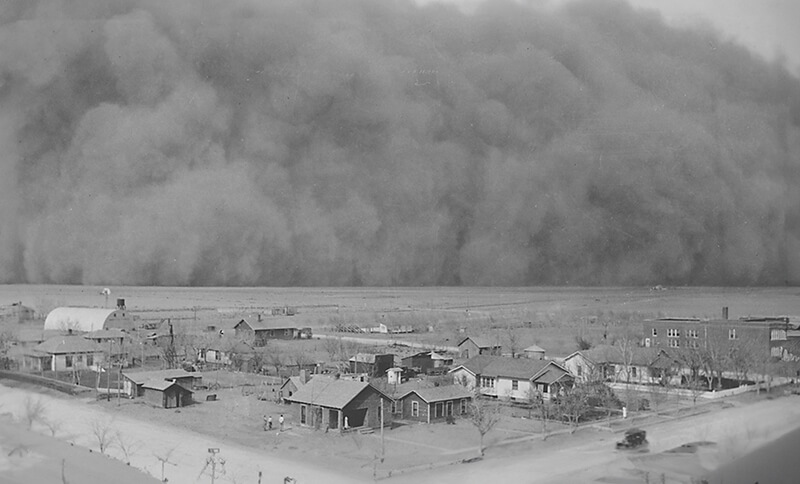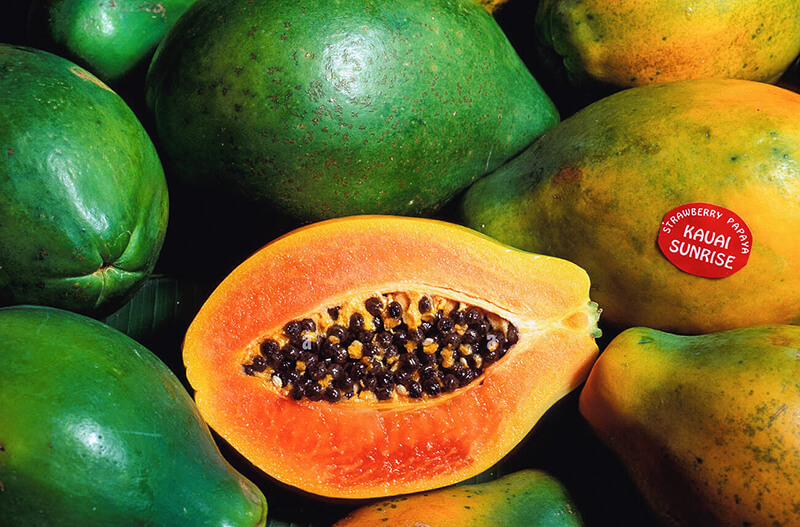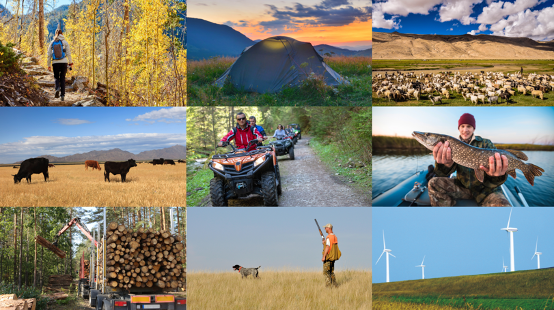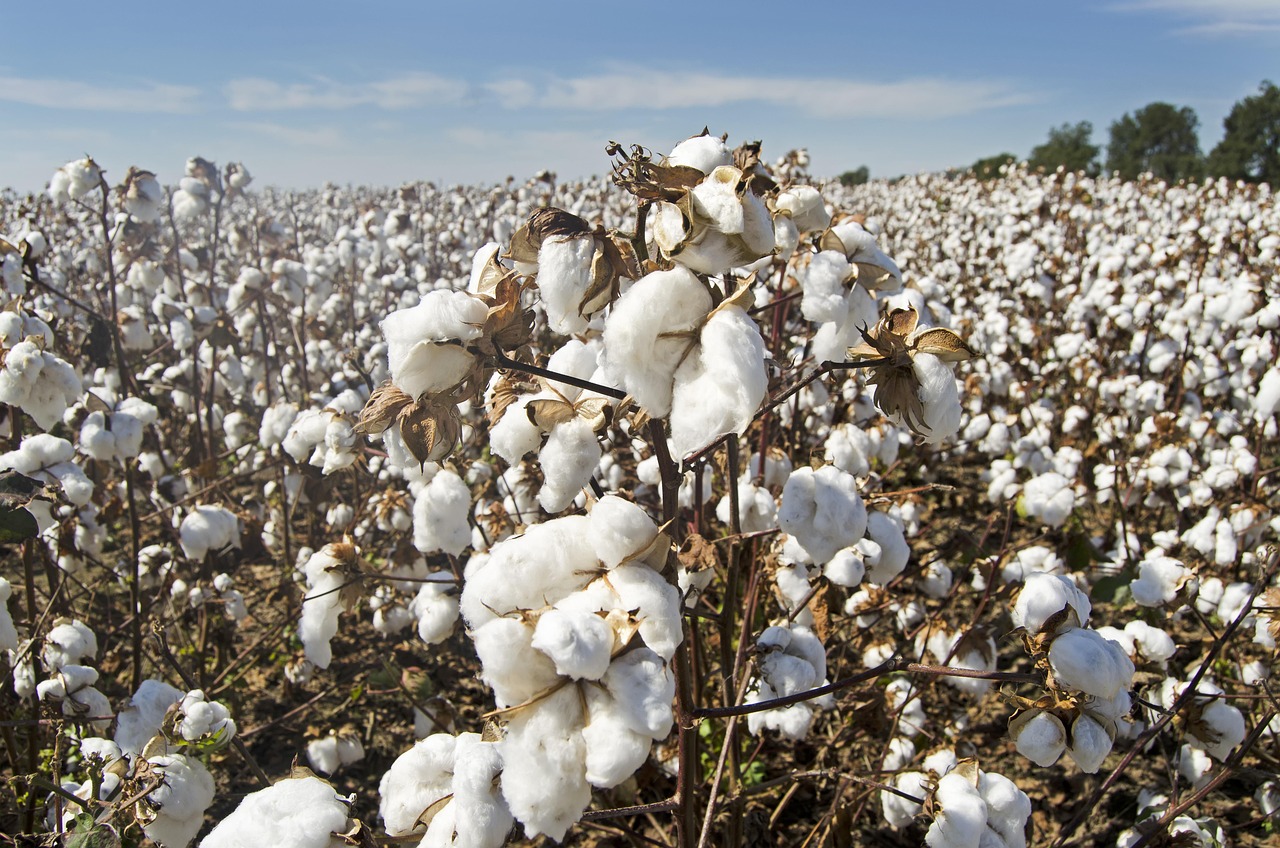
Dark Days
Students examine the modern and historical importance of soil erosion in Utah and on the Great Plains during the Dust Bowl.

Students examine the modern and historical importance of soil erosion in Utah and on the Great Plains during the Dust Bowl.
Students explain why people have different opinions regarding soil management and identify cause and effect relationships relating to agriculture and the environment.

While many view bioengineered crops (GMOs) as a promising innovation, there is controversy about their use. This lesson provides students with a brief overview of the technology, equipping them with the ability to evaluate the social, environmental, and economic arguments for and against bioengineered crops (GMOs). This lesson covers a socioscientific issue and aims to provide students with tools to evaluate science within the context of social and economic points of view.

Using various forms of maps, students will analyze public lands in the western United States, describe how ranchers raise food and fiber on federally owned land, and discuss different points of view concerning public lands use and public lands grazing. This lesson covers a socioscientific issue and aims to provide students with tools to evaluate science within the context of social and economic points of view.
Students identify renewable and nonrenewable energy sources and investigate how farms can produce renewable energy.
Students identify what cows and humans need to survive by exploring the physical characteristics of cows and the food, water, shelter, and other environmental needs of cows compared to their own needs. Students also examine how farmers work to meet the needs of their cows.
Students explore the basic needs of animals and create a model of a modern pig barn that will help farmers meet the needs of animals.
Students explore the basic needs of animals and create a model of a modern pig barn that will help farmers meet the needs of the animals.
Students explore the Census of 2020 by making a connection between shepherds counting their sheep and counting the population of the United States.

Students investigate the impact of cotton on the history and culture of the United States. Students will discover the growth and processing requirements for cotton, recognize how the invention of the cotton gin affected slavery, explain how the plantation system was organized, and ultimately understand the role of cotton in the Civil War.
Students view the 2018 documentary Before the Plate and follow Canadian chef John Horne as he journeys to the source of ten primary food ingredients used in his restaurant. Using critical thinking skills, students will explore the farm-to-table journey of food. This lesson covers a socioscientific issue and aims to provide students with tools to evaluate science within the context of social and economic points of view.

Students explore New World and Old World food origins to discover how the Columbian Exchange altered people’s lives worldwide.